A popular mall in Kurla will host a pop-up museum showcasing India's artistic heritage in collaboration with Piramal Museum of Art
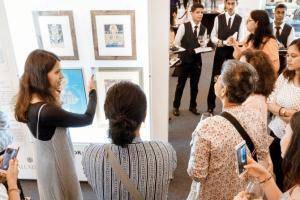
The first phase of the exhibition was held in Palladium in July last year. Pics/PIRAMAL MUSEUM OF ART
If you look around you, everything is art. So, you may wonder why a point percentage of objects make their way into beautiful galleries. It's probably because they have a certain kind of audience. We emphasise on the word certain only because art in the city is concentrated in pockets that make it overwhelming for the common person to walk into a gallery. And sometimes, art itself is too overwhelming.
ADVERTISEMENT
In order to make art accessible, the Piramal Art Museum in collaboration with Phoenix Marketcity will organise a pop-up museum showcasing India's artistic oeuvre as part of The Public Art Programme, which is in its second phase. The first phase of the programme was held in Palladium, Lower Parel, in July 2018, but this year's edition features new pieces and workshops in a part of the city that cannot boast of any museums. "We had a footfall of 1,500 visitors last time, and there were a lot of questions on how the artworks on display were made. So this year, we'll be focusing on materials and process," says Sayali Mundye, one of the curators.
ON: January 18 to February 3
AT: LBS Road, Kurla West.
CALL: 61801011

Threading tales from Maharasthtra
Artist Parag Tandel (right) hails from a Koli family in Thane and his works highlight the threats the community faces due to rapid urbanisation.
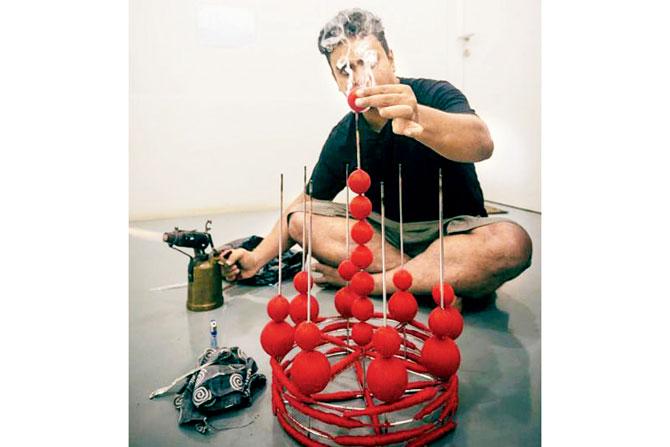
Tandel was also an artist-in residence with the Piramal Museum. His Colour Blind series showcased at the mall is an interpretation of the Koli tradition of Sakat Chauth, a day devoted to the worship of Lord Ganesha.
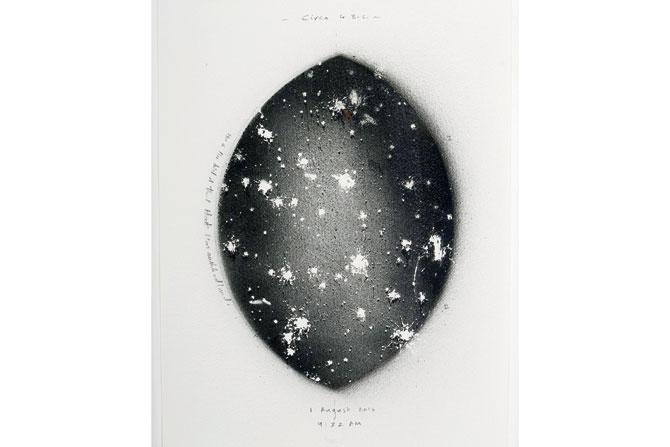
Moon-soon musings
The series called Rain Study (the hour of the day of the month of the season) by noted Mumbai-based artist Jitish Kallat is a beautiful marriage between the rain and the moon. Kallat stood outside his studio, held the paper facing the monsoon sky, and let raindrops hit the surface. Thus, star-like dots occupy the graphite circle. The piece also serves as a great introduction to the creative process.

Tiny details
Miniature paintings date back to 750 AD, and before printing was invented, these helped bring more meaning to the written word. At the exhibition, the artworks displayed comprise mythological stories or detail the emperor's court. The image above is an illustrated folio from The Razmnama i.e. the Persian translation of The Mahabharata from the 16 to 18th century.
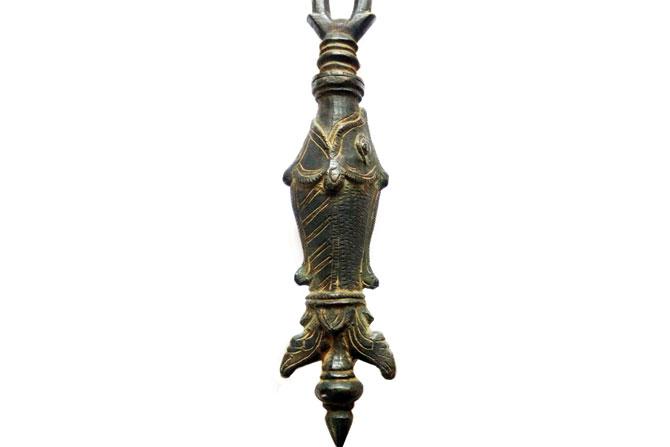
Knots to talk about
Beauty in the 20th century wasn't as complicated as it is today. But each product, however small like these cast bronze hair detanglers, was valued and passed down from generation to generation. "They are ornate in comparison to the plain combs we have today.
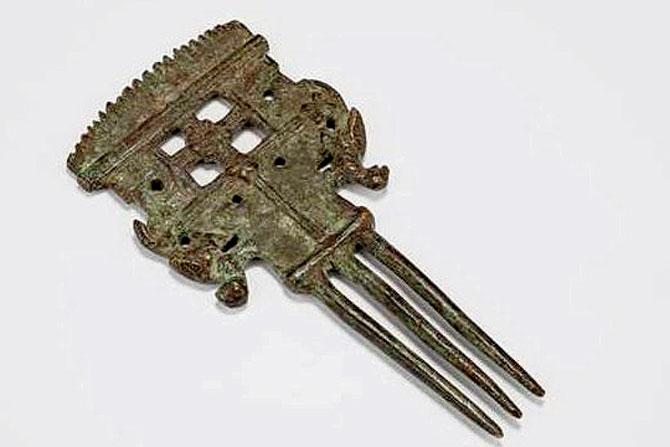
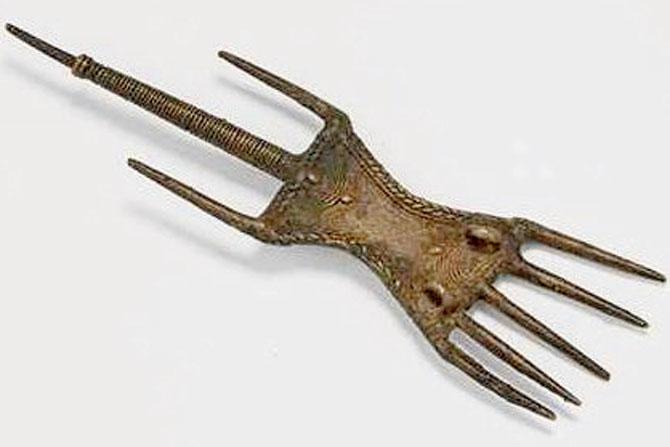
We have a set of about 400 pieces in our Shringar collection. Attendees will be able to see a 20th century kajal applicator as well," Mundye tells us.
 Subscribe today by clicking the link and stay updated with the latest news!" Click here!
Subscribe today by clicking the link and stay updated with the latest news!" Click here!







